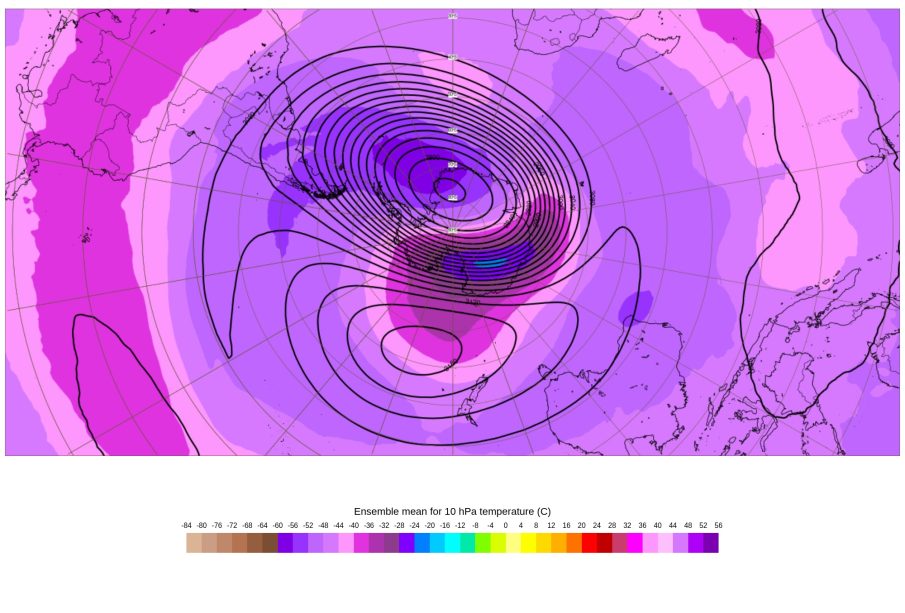The Polar Vortex: What It Is and Why It Matters

Introduction
The polar vortex is a significant phenomenon that affects winter weather patterns in Canada and the northern hemisphere. As the temperature drops and winter approaches, understanding the polar vortex becomes crucial for residents seeking to prepare for extreme weather conditions. This article delves into the nature of the polar vortex, its impacts, and why it holds relevance for Canadians every winter.
Understanding the Polar Vortex
The polar vortex consists of large-scale weather patterns that rotate counter-clockwise over the Arctic region. It acts as a barrier, containing cold Arctic air within the polar regions. However, this barrier can weaken, allowing frigid air to spill southwards, resulting in severe winter weather in temperate regions, including much of Canada.
Recent Developments
This winter, meteorologists are closely monitoring the polar vortex as forecasts indicate a potential weakening is on the horizon. Reports suggest that the polar vortex may split, sending colder air southward into the United States and Canada. This could present challenges such as extreme cold snaps and increased snowfall in areas usually milder during winter months.
Impacts on Weather Patterns
The effects of a disrupted polar vortex can be substantial. Canadians could face dangerously low temperatures, with northern provinces more likely to experience extreme weather. Cities such as Winnipeg and Edmonton may see temperatures drop significantly lower than usual, leading to increased heating costs and safety advisories. Furthermore, regions that rarely experience snow might be caught off guard by unexpected winter storms.
Conclusion
The polar vortex is an essential aspect of Canada’s winter climate, influencing temperatures and precipitation patterns. As we progress through winter 2023, understanding the dynamics of the polar vortex is vital for preparedness. Canadians are encouraged to stay informed through local weather forecasts and prepare for potential disruptions, ensuring safety amidst the challenges posed by these weather shifts.








